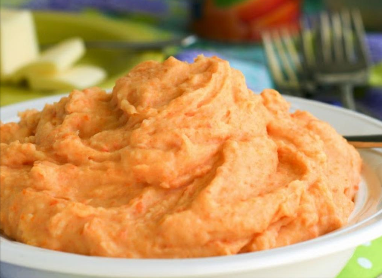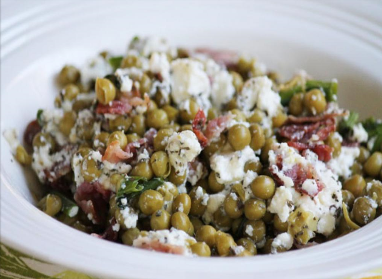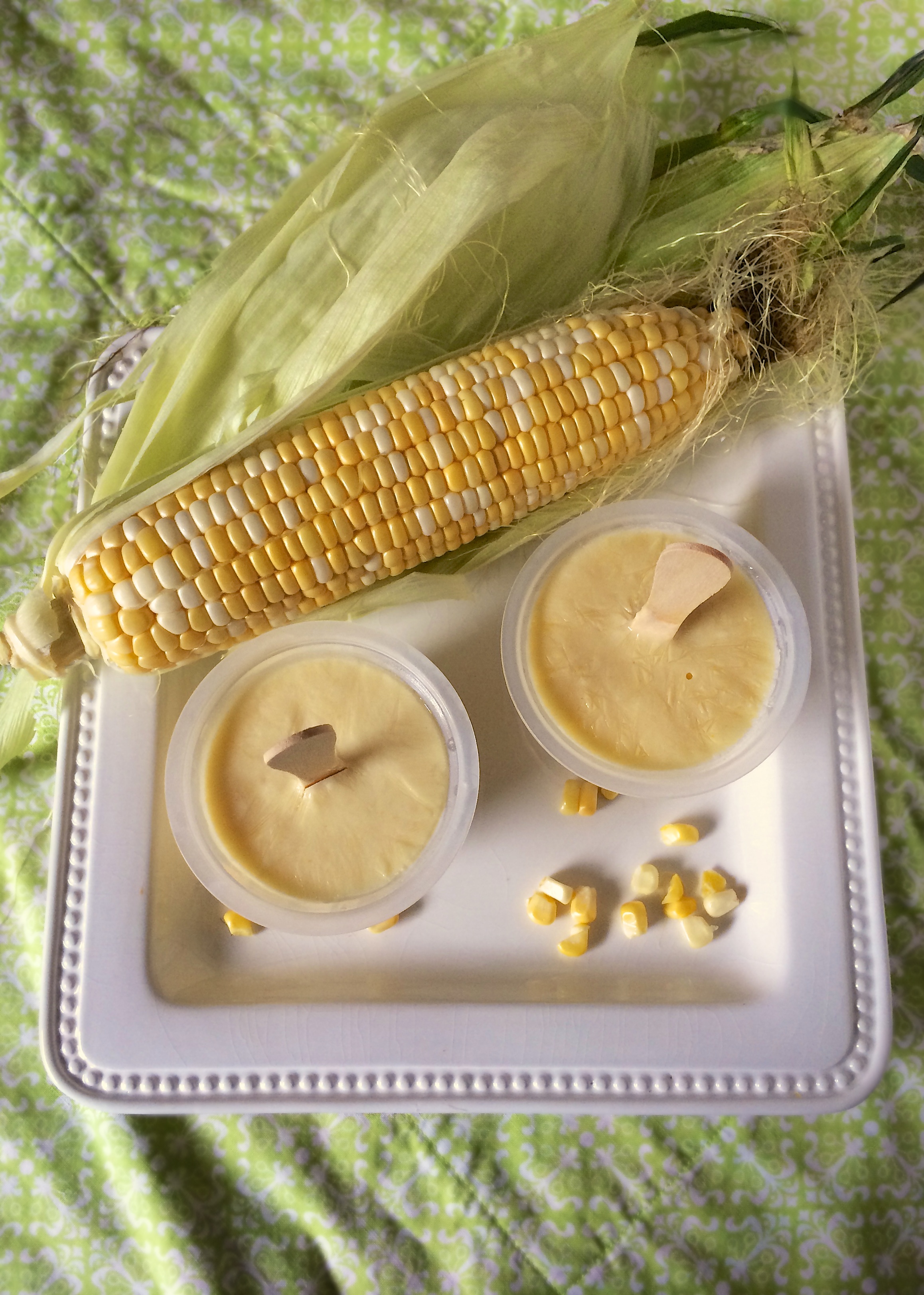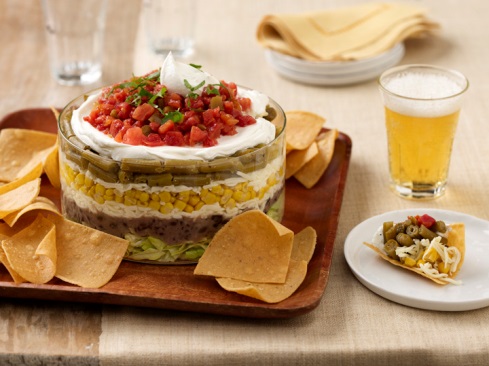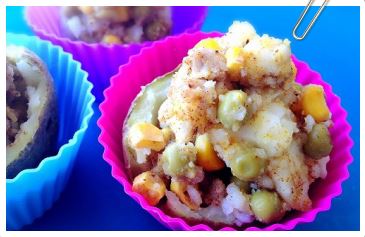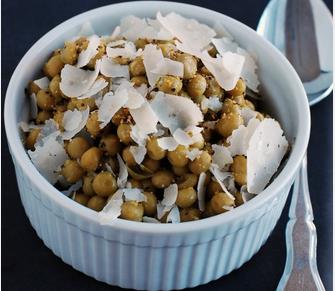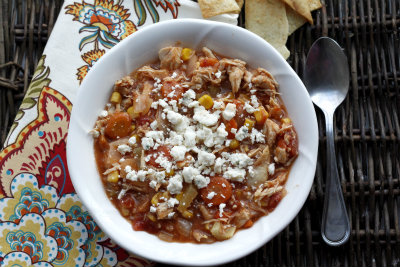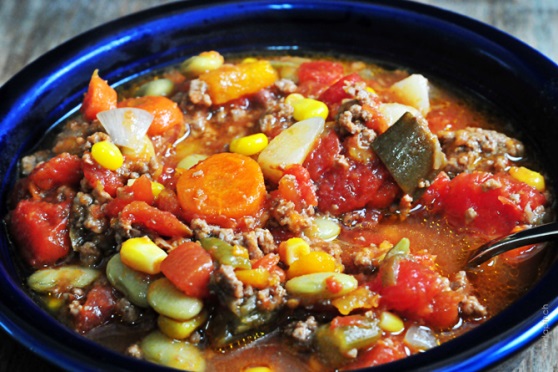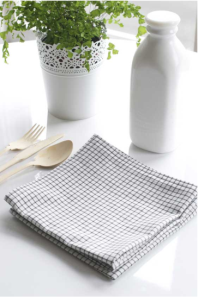By Dylan Bailey, MS
Tis’ the season to give thanks for many things in our life – including family, friends and our health. We’re also thankful for the sweet and savory foods we’ve come to love this time of year, which give us that warm, fuzzy, and comforting feeling. You know what we’re talking about.
Before we can even dig in, we need to think about how our favorite Thanksgiving food is prepared. It may seem pretty obvious, but the way foods were sourced, made and served at the first Thanksgiving in 1621, is totally different from what we might experience at the table today. In the spirit of the holidays, we are appreciative of one of these distinct mealtime differences that separates us from the pilgrims: the knowledge and use of proper food safety practices.
At Libby’s®, we want you and your guests to experience food to its fullest and most importantly, safest potential. One in six Americans will get a foodborne illness this year, and we want to be on the front lines with you to help ensure a safe, healthy and delicious holiday. To do this, we’ve curated tips that you can use in your everyday life, no matter if you’re cooking for 20 people or just bringing the pumpkin pie, sourced from expert organizations like the Centers for Disease Control, United States Department of Agriculture and the Partnership for Food Safety Education. Join us in being food safe this Thanksgiving!
Let’s start with the following four food safety tips:
Handling and preparing food properly are critical to prevent a food-related illness from impacting you, your family and friends this holiday season. Use these four food safety tips when purchasing, handling, storing, preparing and serving foods.
1. Clean: Wash hands and surfaces often.
Wash your hands with soap and clean running water, and rub them together for at least 20 seconds. Do this before, during and after preparing food and before eating. Wash your utensils, cutting boards, and countertops with hot, soapy water between each food preparation step.
2. Separate: Avoid cross-contamination
Keep raw meat, poultry, seafood, and eggs (including their juices) away from ready-to-eat foods and eating surfaces. This includes when grocery shopping. Use separate cutting boards and plates for raw meat, poultry, and seafood. Keep raw meat, poultry, seafood, and eggs separate from all other foods in the fridge. Eating turkey? Use these tips to ensuring a delicious and safe bird makes it to the table.
3. Cook: Cook foods to the proper temperature
Food is safely cooked when the internal temperature gets high enough to kill germs that can make you sick. The only way to tell if food is safely cooked is to use a food thermometer. You can’t tell if food is safely cooked by checking its color and texture. See here for a helpful list of proper holiday food temperatures.
4. Chill: Refrigerate promptly
Keep your refrigerator below 40°F. Refrigerate perishable food within 2 hours (If outdoor temperature is above 90°F, refrigerate within 1 hour). Thaw frozen food safely in the refrigerator, in cold water, or in the microwave. Never thaw foods on the counter, because bacteria multiply quickly in the parts of the food that reach room temperature.
Source: https://www.cdc.gov/foodsafety/keep-food-safe.html
Let’s talk about leftovers:
- Place food into shallow containers and immediately put in the refrigerator or freezer for rapid cooling.
- Throw away all perishable foods, such as meat, poultry, eggs and casseroles, left at room temperature longer than two hours; one hour in air temperatures above 90°F.
- Reheat leftovers to an internal temperature of 165°F.
- Eat cooked leftovers within 4 days.
- Most importantly, when in doubt, throw it out!
What about canned foods?
- Canned foods offer convenient access to nutrient-dense foods, including fruits and vegetables, all year long and are safe indefinitely as long as they are not exposed to freezing temperatures, or temperatures above 90°F.
- If the cans look ok, they are safe to use. Discard cans that are dented, rusted, or swollen.
- High-acid canned food (tomatoes, fruits) will keep their best quality for 12 to 18 months; low-acid canned food (meats, vegetables) for 2 to 5 years.
We hope this refresher on food safety will ensure a healthy and delicious Thanksgiving for you and your loved ones. Apply your newfound knowledge when preparing these seasonal side dishes using Libby’s® Canned Vegetables listed below!
Gluten-Free Corn and Zucchini Pie
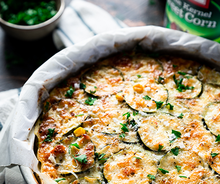
Crock Pot Sweet Corn Spoon Bread
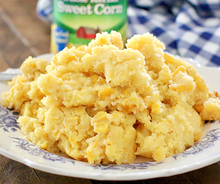

For more recipe ideas, check out Libby’s Facebook, Twitter and Instagram for delicious holiday dishes.
